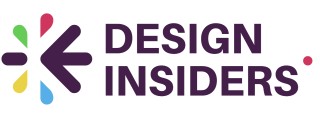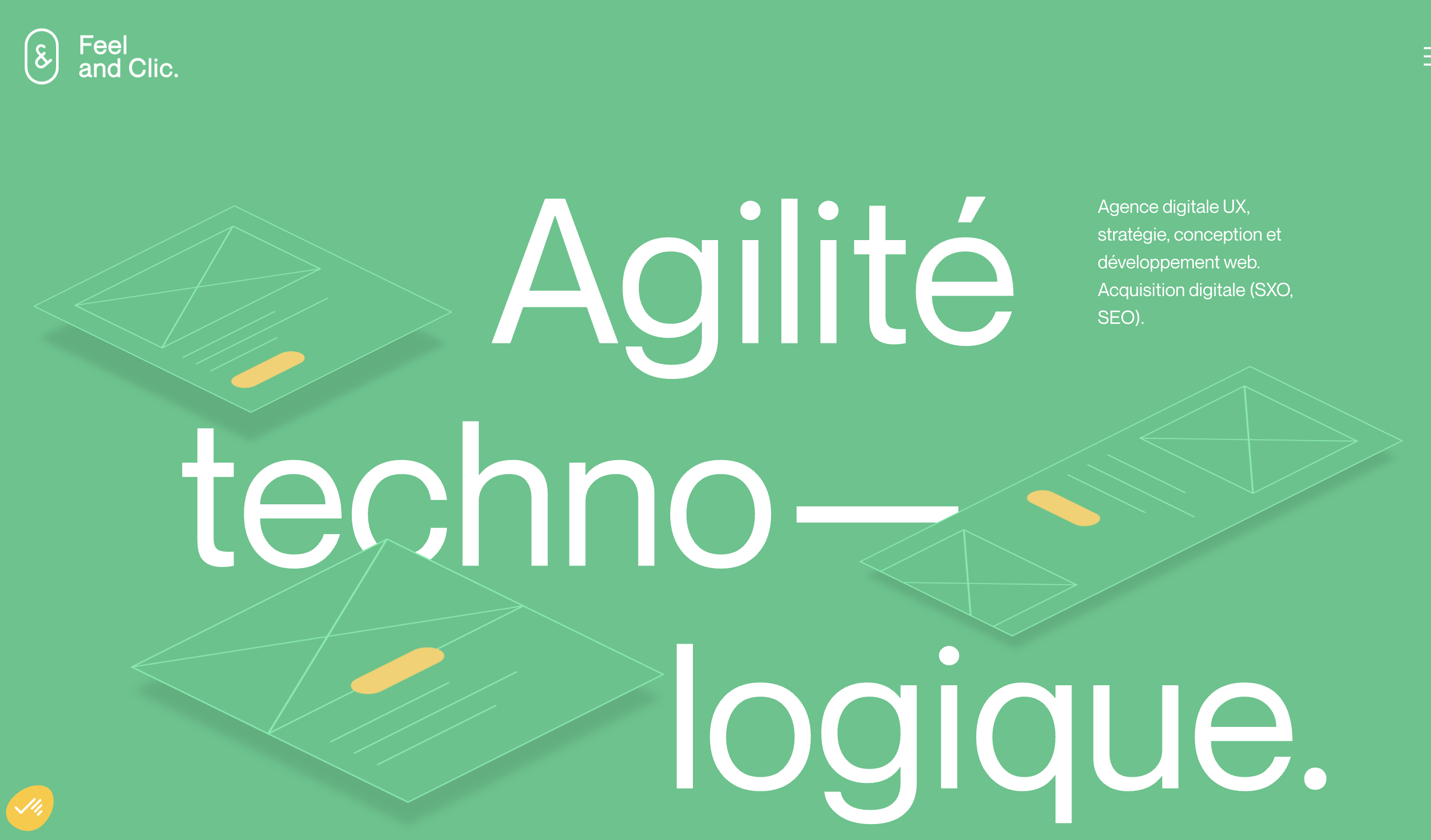
Understanding Pricing Split Testing
Grasping the Basics of Price Variation Testing
Running pricing experiments can significantly influence customer behavior and business revenue. Often referred to as pricing split testing, this method involves comparing different price points to evaluate which one yields the best conversion rates. The objective is to find an ideal balance where the price not only matches the value perceived by customers but also maximizes the revenue.
To effectively implement a pricing strategy, it's essential to examine various price points through tests. This will allow businesses to make data-driven decisions and adapt their pricing model to reflect the preferences of their target demographic. Whenever you conduct these tests, it’s imperative to ensure that the experiments are statistically significant. This involves collecting enough data to confidently predict the impact of different prices on customer conversion rates.
It’s important to recognize how the conclusions drawn from well-executed pricing experiments can aid in refining a product's positioning. The insights obtained from these tests can lead product teams to develop dynamic pricing models tailored to enhance customer engagement. By understanding the nuances of pricing tests, businesses can craft innovative pricing strategies that resonate with their audience.
Accurate analysis of pricing data not only aids in fostering customer satisfaction but also significantly enhances the effectiveness of a pricing strategy. For more insights on leveraging customer profiles in your design process, explore this resource about customer personas.
The Role of Design in Pricing Strategy
The Intersection of Aesthetics and Economics
In the realm of pricing strategy, design plays a pivotal role that goes beyond mere aesthetics. It's an opportunity to communicate value and influence customer perceptions. When you think about pricing, you might not immediately consider design elements. However, the way in which prices are presented can significantly impact conversion rates. Design isn't just about how a product looks; it's about how data and visual cues are used to guide customer decisions. For instance, the choice of color and font in pricing can subtly affect how consumers perceive value. A thoughtfully designed pricing page can enhance the efficacy of your pricing strategy by making key information stand out, leading to more conversions.Designing for Clarity and Engagement
Effective design within a pricing strategy ensures that customers can easily understand the different price points and associated benefits. This is especially crucial when engaging in split testing and analyzing customer interactions with various pricing formats. Simplicity in design helps avoid overwhelming the customer, which can lead to higher engagement rates and improved decision-making processes. Customer feedback and data-driven insights are integral in shaping design choices, ensuring that what you implement resonates with your target audience. By leveraging these insights, you'll be better equipped to create a user-friendly and effective pricing layout. If you want to delve deeper into how UX design can enhance user experiences, consider exploring this resource on UX design consulting. Design, therefore, is an essential component of your overall pricing plan. It's about using design strategically to improve customer interaction and influence revenue outcomes. A design that aligns with sound pricing strategy principles will not only engage customers but also enhance the overall effectiveness of your pricing tests.Implementing Effective Pricing Tests in Design
Implementing Pricing Tests in Your Design
When it comes to implementing effective pricing tests within your design strategy, a well-defined plan is essential. This involves selecting appropriate pricing strategies and leveraging design elements that can help illuminate customer preferences and behaviors. Start by identifying the products or services that could benefit from pricing split tests. Consider those that are receiving moderate customer engagement but have the potential to achieve higher conversion rates. A dynamic pricing approach can provide real-time insights and greater flexibility in adjusting price points based on the gathered data. Design plays a pivotal role in ensuring a seamless testing process. Implementing pricing experiments requires more than just presenting price variations; it involves integrating aesthetic and functional design principles that enhance customer experience. To learn more about how design elements can affect pricing strategies, you might look at how simplicity can impact customer experience design in complex ways. To execute effective pricing tests, follow these steps:- Set Clear Objectives: Understand what you aim to achieve with your pricing test. Is it to increase revenue, determine the optimal price point, or test customer sensitivity to price changes?
- Define Segments: Create customer segments for your tests. This could involve age, location, purchasing history, or even how often they engage with your product or service.
- Select Testing Methodology: Whether it’s A/B testing or multivariate tests, determine which method aligns best with your goals. Each method has its own strengths and can provide varying degrees of insight.
- Integrate Data Analysis Tools: Use tools that can track customer interactions, conversion rates, and other vital data points to ensure your pricing tests provide statistically significant results.
Analyzing Test Results for Design Insights
Decoding Results Through a Design Lens
Analyzing test results is a crucial phase in refining any pricing strategy. When numerous split tests have been conducted, designers glean pivotal insights from their data, informing future product decisions. Breaking down this information can be tricky, yet it's essential for appreciating the full impact that design can have on pricing. After implementing pricing tests, various data points await review. Conversion rates and revenue play significant roles in evaluating success. A keen eye on these metrics allows designers to determine which prices resonate best with customers. Each adjustment to price points helps visualize the customer's response, noting where prices succeed or falter.Data Interpretation: The Key to Successful Design
The interpretation of conversion rates and other metrics offers designers valuable direction. For instance, if a product experiences improved conversion following a specific price test, insights can be drawn into how design factors contributed to this success. It’s essential to assess which design elements—from the aesthetics to user experience—might have influenced the outcome. Heavy reliance on quantitative data might miss the subtler, qualitative shifts in customer behavior, underscoring the importance of integrating robust statistical significance in interpretation. Recognizing these nuanced changes provides a comprehensive understanding of the overall success and failures of the pricing strategies. Through detailed analysis, designers build a clear picture of how customers perceive product value. These insights will be instrumental for refining pricing strategies. Paying close attention to data-driven feedback allows for crafting more dynamic pricing models that align better with customer expectations. Though complex, a methodical approach to analyzing test results contributes significantly to improving not just pricing strategies but the design aspect as well, making the entire product offering more compelling for customers.Challenges and Considerations in Pricing Experiments
Overcoming the Hurdles in Pricing Experiments
Implementing pricing experiments in design comes with its own set of challenges. While these tests can offer valuable insights into customer behavior and preferences, they also require careful planning and execution to be effective. One of the primary hurdles is ensuring statistical significance. Without a significant amount of data, your test results may not accurately reflect the true impact of different price points on conversion rates and revenue.
Balancing Dynamic Pricing with Customer Expectations
Another challenge is managing customer expectations when employing dynamic pricing strategies. Customers may react negatively if they perceive price changes as unfair or arbitrary. Therefore, it’s crucial to communicate clearly and ensure that any price adjustments align with the perceived value of the product. This is where design plays a pivotal role in presenting these changes in a customer-friendly manner.
Handling Real-Time Data and Split Tests
Real-time data collection and analysis are essential for effective split testing. However, managing and interpreting this data can be complex. It requires a robust data-driven approach to ensure that your pricing strategy is informed by accurate and actionable insights. This means having the right tools and expertise to analyze conversion rates and customer feedback efficiently.
Planning for Long-Term Impact
Finally, it’s important to consider the long-term impact of your pricing tests. While short-term gains can be tempting, the ultimate goal should be to enhance the overall customer experience and build lasting relationships. This involves continuous testing and iteration to refine your pricing strategies over time. In doing so, you’ll be better equipped to meet the evolving needs of your customers and maintain a competitive edge in the market.
Case Studies: Success Stories in Design Pricing
Real-World Applications of Pricing Experiments in Design
In the realm of design, pricing experiments have proven to be a powerful tool for enhancing both strategy and revenue. Let's explore some real-world success stories that illustrate the impact of effective pricing strategies on design.
Dynamic Pricing in E-commerce Platforms
One notable example involves a major e-commerce platform that implemented dynamic pricing based on real-time data. By using split testing, they adjusted price points for various products to see how customers reacted. The results were telling: conversion rates increased significantly, and revenue saw a notable boost. This experiment underscored the importance of testing pricing strategies to find the optimal price point that resonates with customers.
Subscription Services and Free Trials
A subscription-based service provider tested different pricing models, including free trials and discounted rates for new customers. By analyzing customer conversion rates and retention data, they identified the most effective pricing strategy that maximized customer acquisition and minimized churn. This case highlights the role of pricing experiments in refining subscription models to enhance customer experience and loyalty.
Impact of Price Changes on Customer Perception
Another compelling case study involves a software company that conducted split tests to understand how different pricing tiers affected customer perception and conversion. By adjusting prices and observing customer behavior, they discovered that a slight increase in price, coupled with enhanced product features, actually improved perceived value and increased conversion rates. This finding emphasizes the nuanced relationship between price and customer perception.
Leveraging Data-Driven Insights
In each of these cases, the common thread is the use of data-driven insights to inform pricing decisions. By meticulously analyzing test results, these companies were able to refine their pricing strategies, ultimately leading to improved customer satisfaction and increased revenue. As you plan your own pricing experiments, consider these success stories as a testament to the potential of well-executed pricing strategies in design.














